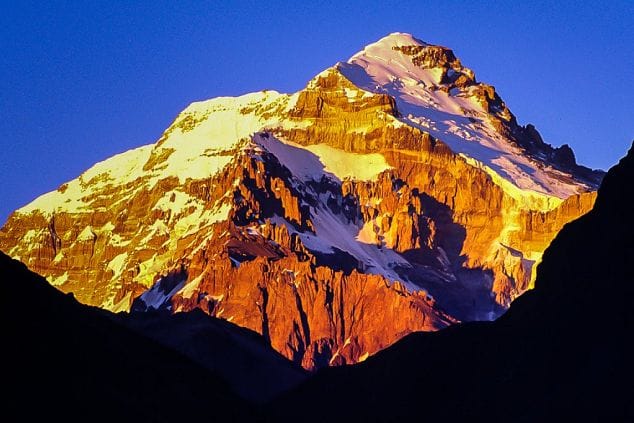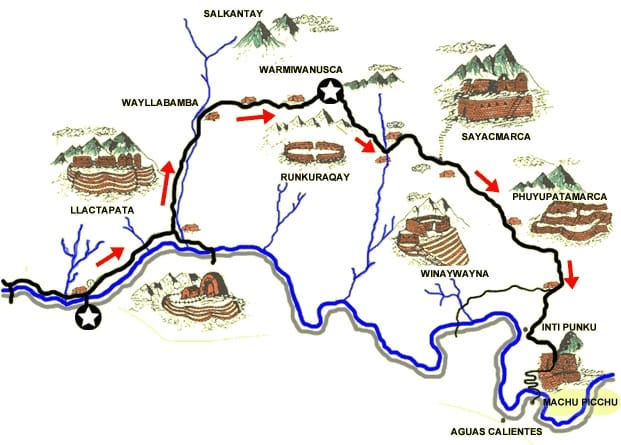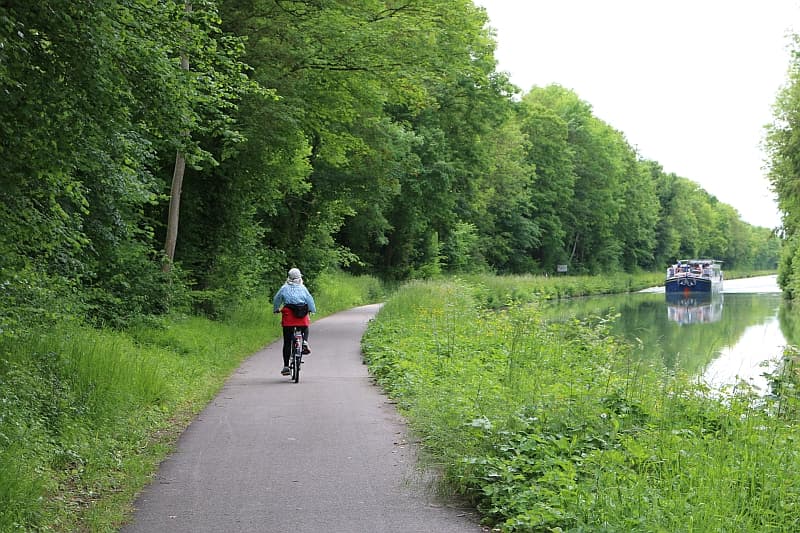



Chronicles
Chronicles
Our latest chronicles
Discover our latest news, tips, tricks, guides and previews of the adventure that awaits you!

Our newsletters
Our newsletters are not available in English yet. For the French version, click the Français button in the menu, top…

October 11 2025
The EES system in force on October 12th 2025
The European Union will launch the Entry/Exit System (EES) on October 12, 2025 : what you need to know! This…

May 17 2025
Inca trail and Salkantay
The Inca Trail and the Salkantay trek lead to Machu Picchu through Inca ruins, majestic mountains and lush forests. One…

April 28 2025
Bike&Boat formula
The bike-boat formula offers unique experiences. Why is the bike-boat package so attractive? The bike-boat package is attractive for a…




